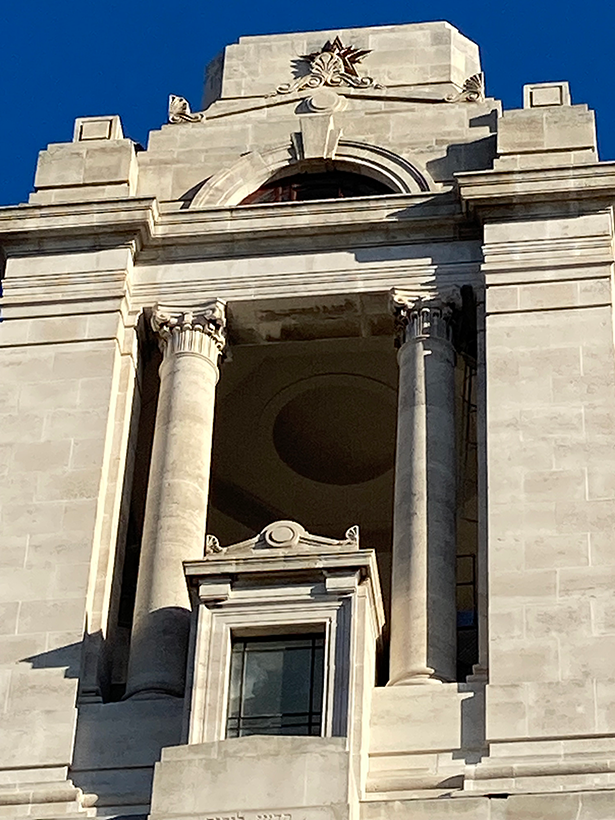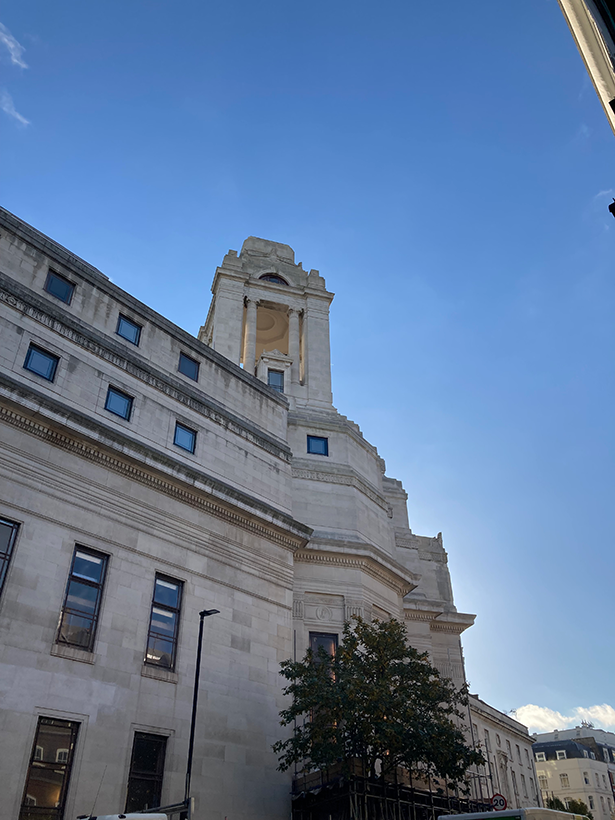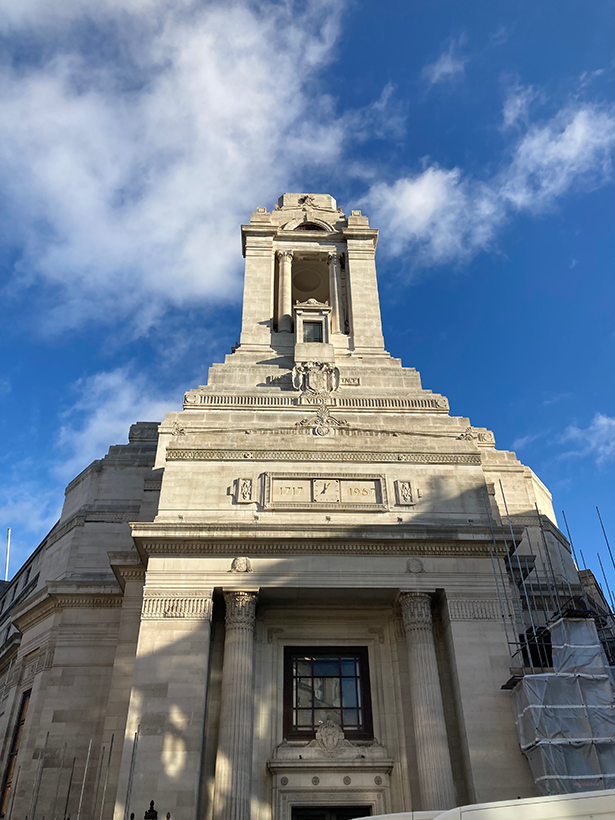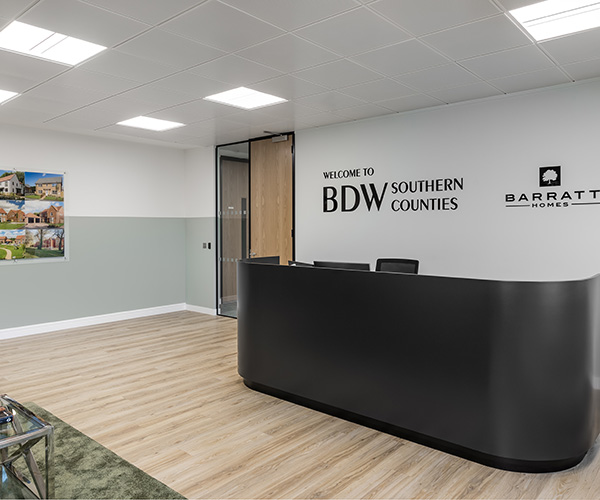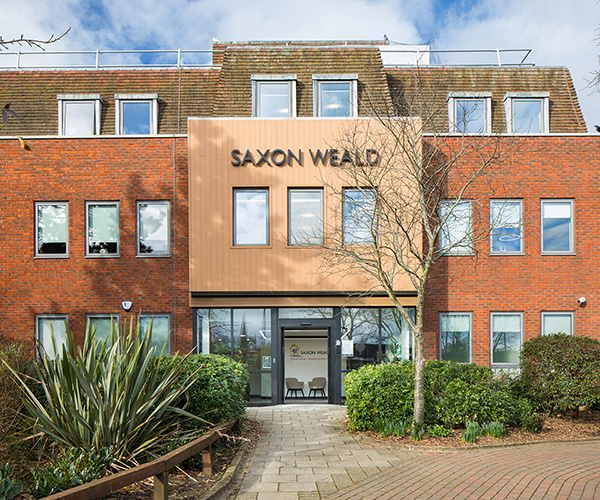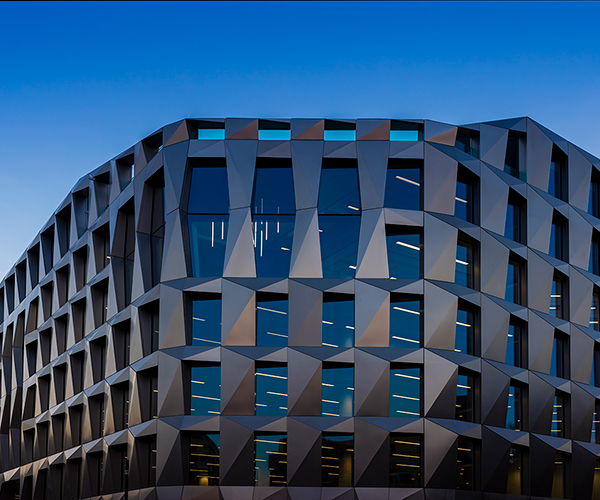Project Details
- Client Name: United Grand Lodge of England
- Project Value: £918,000
- Sector: Commercial
- Services: Building Surveying, Contract Administrator
- Key partners: Corrosion Engineering Solutions, Wilde, Ainsley & Partners
- Contact: Marie Carpenter – 020 8294 1000
This Grade II* listed building serves as the headquarters of the United Grand Lodge of England (UGLE) and the Supreme Grand Chapter of Royal Arch Masons of England, as well as being a meeting place for other Masonic Lodges in London and an event space for hire.
The building was constructed between 1927 and 1933, and like many others built in a similar construction during this period, it has suffered from Regent Street Disease – the term used to describe corrosion of steel frames within masonry-clad buildings. During works carried out to rectify this issue, Baily Garner’s primary focus was on leaving the building with a quality finish that retained the aesthetic and character.
WHAT DID THE CLIENT WANT?
The first two phases of rectification work on the historic building involved traditional methods of removing stonework, blasting rust, and applying a protective coating. This, however, led to replacing much of the original stonework, changing the aesthetic with new material. For the third phase, to preserve the stonework and keep the tower open for business, the client opted for an innovative method known as Impressed Current Cathodic Protection (ICCP).
HOW DID BAILY GARNER ASSIST?
Marie Carpenter led the project at Baily Garner, working with the project team to work closely with a specialist contractor and gain approval from planning and conservation officers. She organised a presentation and workshop where the designer explained the science behind ICCP. Marie oversaw the works that were carried out over 30 weeks. Anodes and ribbons within the perp and bed joints of the existing stonework were installed that constantly pass electric currents throughout the steel frame. This will prevent the steel frame from corroding further. The ICCP system has a monitoring panel with monthly reporting to identify any issues with the installation. Through collaboration with the client project team, specialist designer, and contractor, Baily Garner preserved 97% of theoriginal stonework and kept the building open. The use of cathodic protection was so successful that it has been put forward for a RICS 2024 Heritage Project Award. Phases 4-10 of the rectification works, programmed to take place on other sections of the building over the next 10 years, will all be carried out using ICCP. Once complete, this will be the largest cathodic protection project to take place in the UK.
